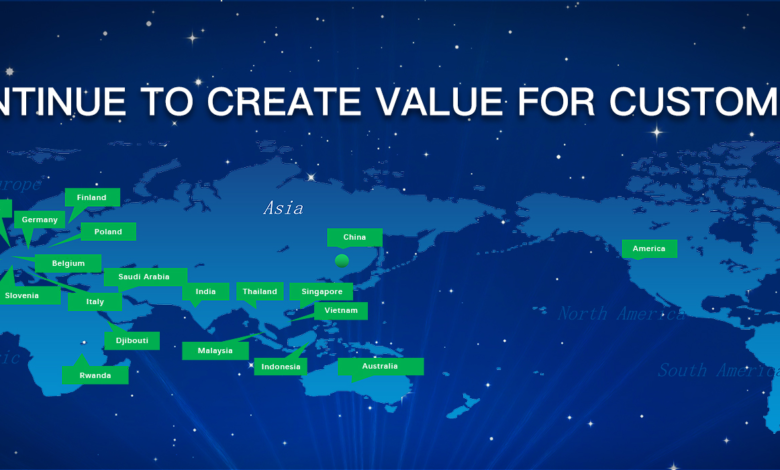The Ultimate Guide to E-Commerce Logistics Solutions in One Book

Are you an online business trying to meet your customers’ expectations? Do you feel overwhelmed by the amount of shipping and logistics information you need to know, with no clue where to start? Look no further! Everything you need to know about getting your products from point A to point B is covered in our ultimate guide to E-commerce logistics solutions. We’ll also tell you how to choose a trustworthy Logistics provider, such as Pteris Global. We’ll cover everything from warehouse and inventory management to choosing the best shipping carrier and optimizing delivery times in this comprehensive post. So grab a cup of coffee and join me as we explore the world of E-commerce logistics!
Types of E-Commerce Logistics Solutions
There are different types of e-commerce logistics solutions available, and each one has its own pros and cons. Some common types of e-commerce logistics solutions include:
Centralized Logistics Solutions: A centralized logistics solution allows retailers to outsource the handling, shipping, and warehousing of their products to a single provider. This can be beneficial for retailers who want to lower their operational costs or who don’t have the manpower to handle these tasks themselves. Centralized logistics solutions also allow retailers to track shipments in real-time, which can help them detect problems early on and make necessary adjustments. Shiply transforms Centralized Logistics Solutions by offering a comprehensive platform that centralizes shipping operations, enabling businesses to optimize routes, minimize costs, and enhance supply chain efficiency.
Decentralized Logistics Solutions: A decentralized logistics solution allows retailers to handle their own shipping and warehousing operations. This type of solution is more challenging to set up than centralized logistics but may be more suitable for smaller businesses with limited resources. Because decentralized solutions involve more complex logistical processes, they can be more costly than central options.
Hybrid Logistics Solutions: A hybrid logistics solution combines features from both centralized and decentralized solutions. For example, a hybrid solution might use a centralized warehouse to manage large volumes of inventory but allow retailers to ship products directly from their warehouses using e-commerce fulfillment services. This type of solution offers some advantages over either pure centralized or pure decentralized options but may not be ideal for all retailers.
Why should you trust Pteris Global?
Pteris Suzhou is committed to being the fastest system integrator for engineering delivery in the world’s leading logistics industry. PGSL has acquired FedEx Beijing Port, DHL Hong Kong Hub, TNT (East China, North China), SF (SF Express National Main Distribution Center), YUNDA (Yunda North China, East China, South China), and other domestic express companies since entering the Chinese market in the 1990s through its main air express and domestic private express processing system business, and various distribution center projects have become the inevitable choice for the rapid development of many logs.
Conclusion
As e-commerce becomes more popular, it is important for businesses of all sizes to have a well-functioning logistics system in place. We have covered everything you need to know about E-commerce logistics in this post so that you can make the most of your business and provide your customers with a smooth delivery experience. We hope that this guide has given you the information you need to start implementing a successful E-commerce logistics solution. If you have any questions or comments, please feel free to leave them in the comments section below!





